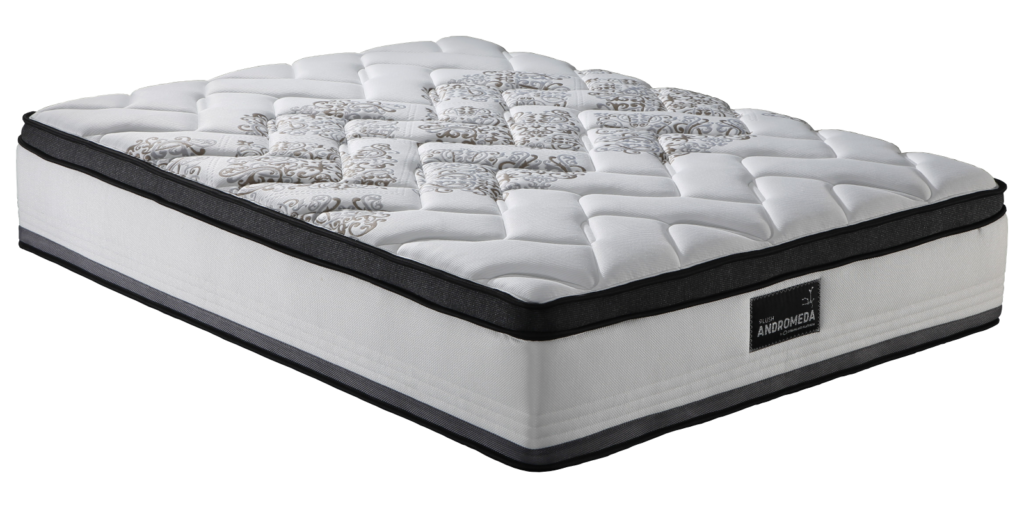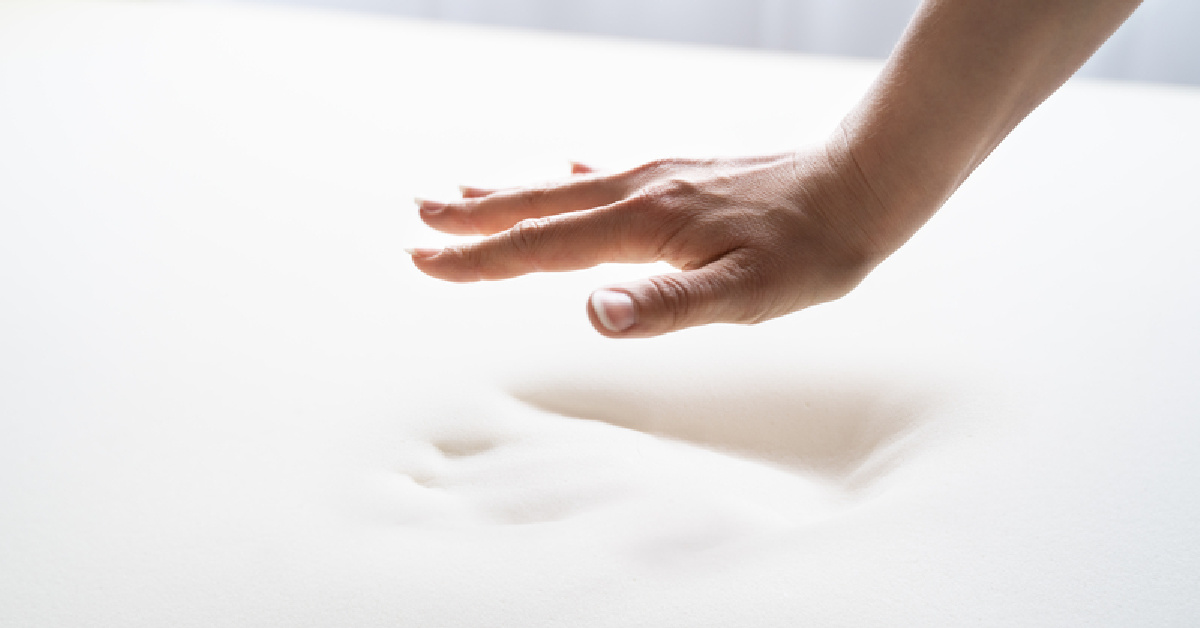By Jo Joiner
More and more people are discovering the advantages of a memory foam mattress for a good night’s sleep. If you’re looking for complete support with no pressure points and minimal partner disturbance, a modern memory foam mattress could be just what you need. Here we look at why.
What is memory foam?
Memory foam was invented by NASA in the 1960s and used to improve astronaut comfort and safety, particularly during lift-off. Known as viscoelastic foam, it was originally made from polyurethane and contained tiny closed holes, hence the name ‘foam’.
Dense and very durable, memory foam softens slightly when heated. This allows it to perfectly mimic the shape of warm objects it comes into contact with. Crucially, the foam gradually returns to its original shape once the object is removed. That’s the memory part.
Like many new inventions, memory foam quickly found popularity and was put to all sorts of uses by creative problem solvers. Things really took off with the invention of memory foam mattresses. These days you’ll also find memory foam used in the likes of pillows, furniture cushions and even high-comfort footwear.
Memory foam benefits for sleeping
When used on a bed, the dense firmness of memory foam softens a little beneath you, due to your body warmth. This allows it to follow your every curve, provide unbroken support from head to toe and hold your spine in perfect alignment.
It doesn’t matter whether you prefer to sleep on your side, back or front, the memory foam will mimic your shape to eliminate pressure points. It’s like having a custom-fitted sleeping surface, no matter how often you change your sleeping position.
The firm density of memory foam ensures the rest of the bed resists movement transfer. This puts an end to partner disturbance, even when the other person is getting in or out of bed.
The strength and density of memory foam also makes it hygienic and almost impervious to the likes of dust mites. That’s why memory foam beds can be hypoallergenic. Mould, dust and other allergens can’t get inside the mattress and build up over time. Memory foam mattresses are often ideal for people with allergies.
The best memory foam mattress

One of the potential downsides of early foam mattresses was their ability to retain body heat. For some people who preferred a cool bed, and particularly those living in warm climates, memory foam mattresses were just too warm. For others, like those in cold countries, the warmth was just another benefit.
The design of memory foam mattresses has come a long way over the last 50 years or so, but this early reputation for warmth has persisted. The good news is you now have newer options to choose from. There are different types of mattress foam and the modern mattresses are no longer solid blocks of memory foam. Instead they come with a variety of supporting layers.
So, finding the best memory foam mattress for you can depend on the type of mattress foam used and the design of the supporting layers.
The main types of mattress memory foam
Not all memory foam is the same. In general, a higher density memory foam (measured in kilograms per cubic metre) will usually last longer than a lower one of the same type – but only up to a point. Higher density memory foam mattresses are usually more expensive. The density also affects the firmness. This makes density selection, within a suitable quality range, a personal preference.
Here’s a brief summary of the three main types:
Traditional memory foam: This type has provided superior sleeping comfort to countless people for decades. However, as mentioned above, some people found it way too warm. This led to the following newer types of memory foam mattress.
Open cell memory foam: This type has a slightly altered structure. It allows more air to flow within the memory foam, which helps to dissipate heat away from your body as you sleep.
Gel memory foam: Also known as gel-infused memory foam, this type is full of added tiny gel beads. Two gel options are commonly available. One has a high capacity to absorb heat without increasing its temperature significantly, a bit like water does.
The other type of gel bead contains a phase change material (PCM). This material absorbs heat as it changes from a solid to a liquid at the same temperature, and releases the heat again later as it returns back to a solid. It’s a bit like ice absorbing heat to become liquid water and later going back again, only the PCM used does this around normal body temperature.
Hybrid memory foam mattresses
A single solid slab of memory foam can make the mattress very heavy and difficult lift or rotate. Many modern memory foam mattresses have a thick upper memory foam layer supported by carefully designed base layers that sometimes include springs. This has the added benefit of allowing the mattress to breathe more, which can also help to dissipate body heat.
The best mattress for adjustable beds
Memory foam mattresses are ideal for adjustable electric beds. The lack of springs means the mattress can be easily bent into a range of shapes, while still providing consistent comfort and support, even in raised positions.
Memory foam topper pad
These thin layers of memory foam are sometimes used to add a degree of comfort to a traditional bed that’s either unsuitable for the user or simply overdue for replacement. While they can provide some relief, they are a long way from a properly designed memory foam mattress. They’re also not as durable, so may well need replacing much sooner.
Dreamland memory foam mattresses
New Zealand bed company, Dreamland, has a carefully selected range of quality memory foam mattresses. The popular Andromeda range suits traditional bed bases, while the iFlex 2 and iFlex3 mattresses are specifically designed for electric adjustable beds.







